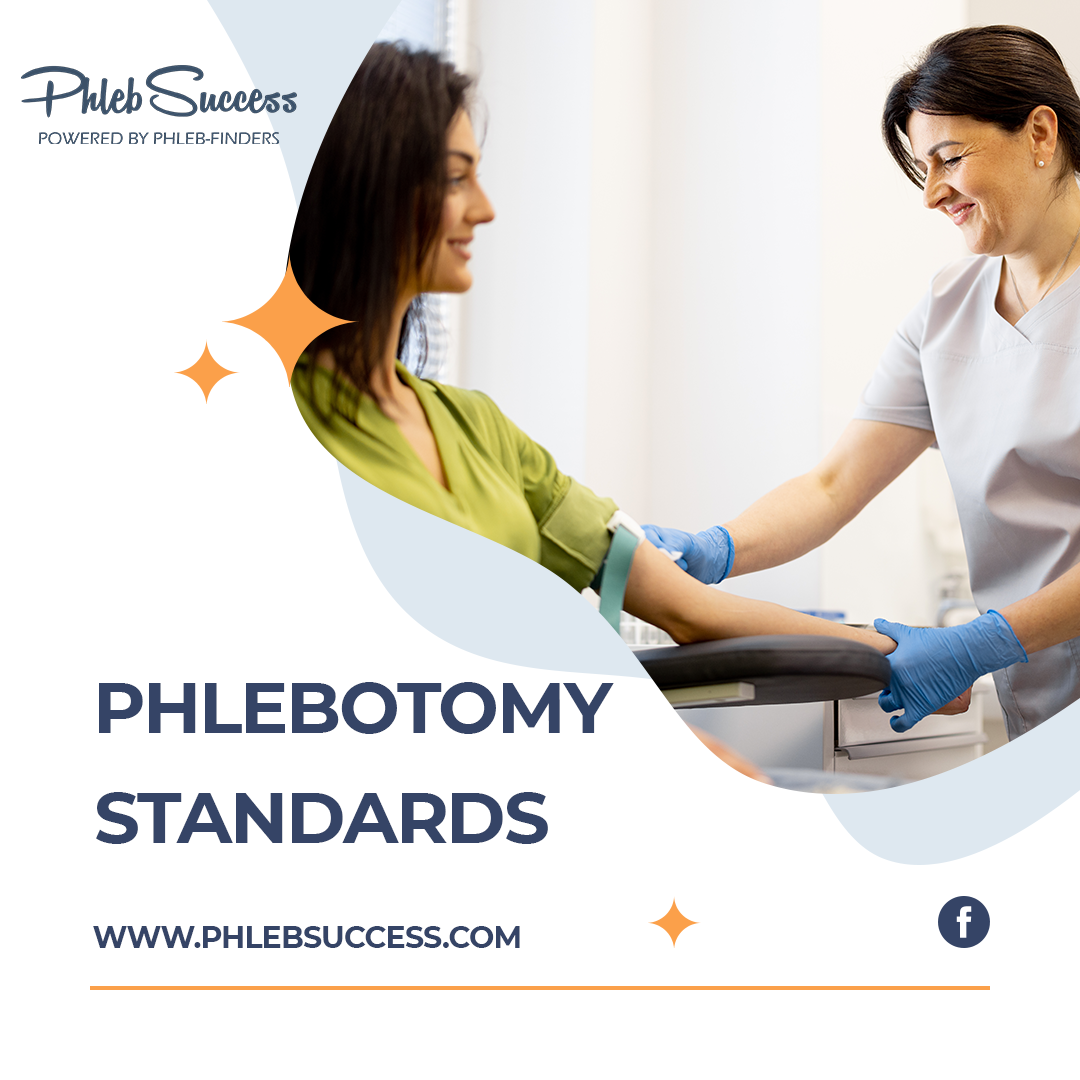Venipuncture procedures and techniques
Venipuncture serves as a fundamental aspect of phlebotomy practice, encompassing the collection of blood specimens through the puncture of a vein for diagnostic testing or therapeutic purposes. Mastery of venipuncture procedures and techniques is critical for phlebotomists to ensure the safe, efficient, and accurate collection of blood specimens while prioritizing patient comfort and safety.
Phlebotomists are tasked with selecting appropriate venipuncture sites, primarily focusing on easily accessible and palpable veins in the antecubital fossa, dorsal hand, or other suitable locations. The selection of an optimal venipuncture site demands a keen understanding of venous anatomy, individual patient characteristics, and the consideration of factors such as previous vascular access history and the need for specimen volume.
Reference:
- World Health Organization. (2010). WHO Guidelines on Drawing Blood: Best Practices in Phlebotomy.
The use of proper venipuncture equipment, including sterile needles, evacuated blood collection tubes, and tourniquets, is integral to the success of venipuncture procedures. Phlebotomists must demonstrate proficiency in the assembly and preparation of venipuncture equipment, ensuring adherence to aseptic techniques, proper needle handling, and the prevention of pre-analytical errors that may compromise sample integrity.
Reference:
- Clinical and Laboratory Standards Institute. (2017). Procedures for the Collection of Diagnostic Blood Specimens by Venipuncture; Approved Standard—Eighth Edition.
Furthermore, mastering venipuncture techniques, such as needle insertion angle, vein stabilization, and the application of appropriate pressure post-collection, is essential for minimizing patient discomfort, preventing hematoma formation, and optimizing blood flow during specimen collection. Phlebotomists should be adept at adapting their approach to venipuncture based on patient-specific considerations, such as fragile veins or the need for alternative venipuncture methods.
Reference:
- National Institute for Occupational Safety and Health. (2006). Workbook for Designing, Implementing, and Evaluating a Sharps Injury Prevention Program.
Phlebotomists must also prioritize patient communication and comfort throughout the venipuncture process, providing clear explanations, obtaining informed consent, and addressing patient concerns to foster a supportive and empathetic healthcare experience.
Reference:
- Centers for Disease Control and Prevention. (2003). Workbook for Designing, Implementing, and Evaluating a Sharps Injury Prevention Program.
By adhering to best practices in venipuncture procedures and techniques, phlebotomists uphold the highest standards of specimen collection, contributing to the accuracy and reliability of laboratory testing while prioritizing patient well-being and safety.
Reference:
- Clinical and Laboratory Standards Institute. (2015). Procedures for the Handling and Processing of Blood Specimens for Common Laboratory Tests; Approved Guideline—Fourth Edition.
